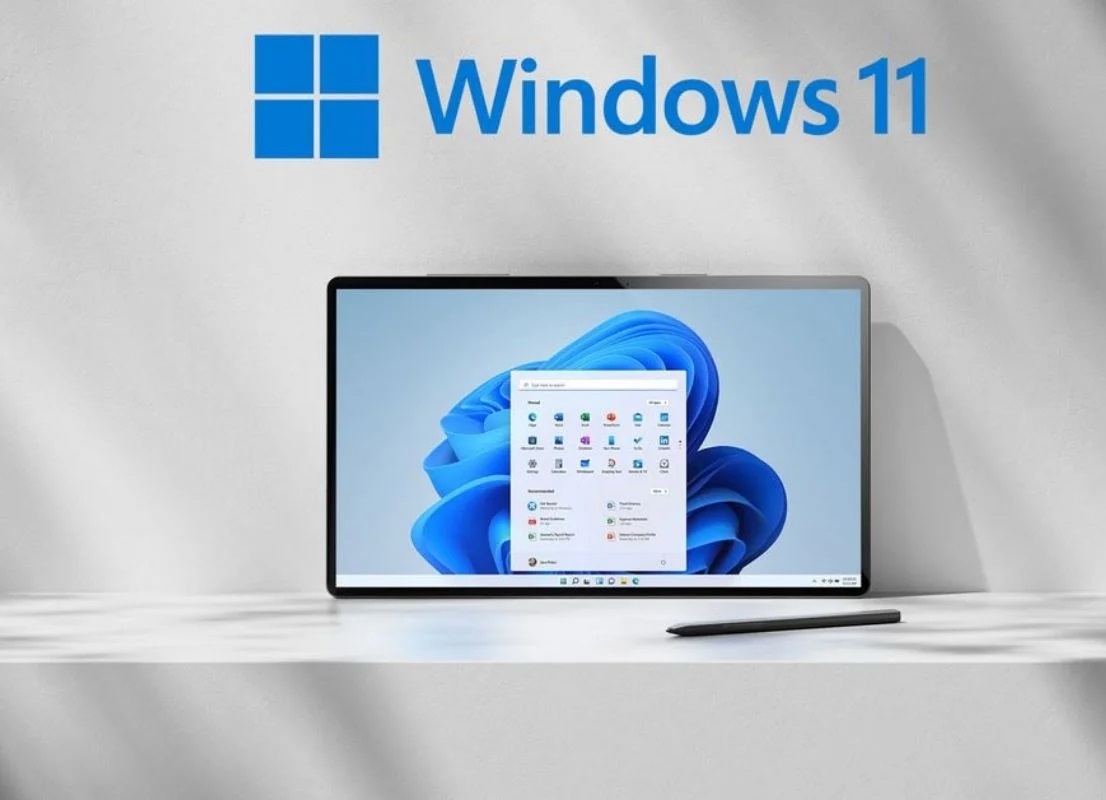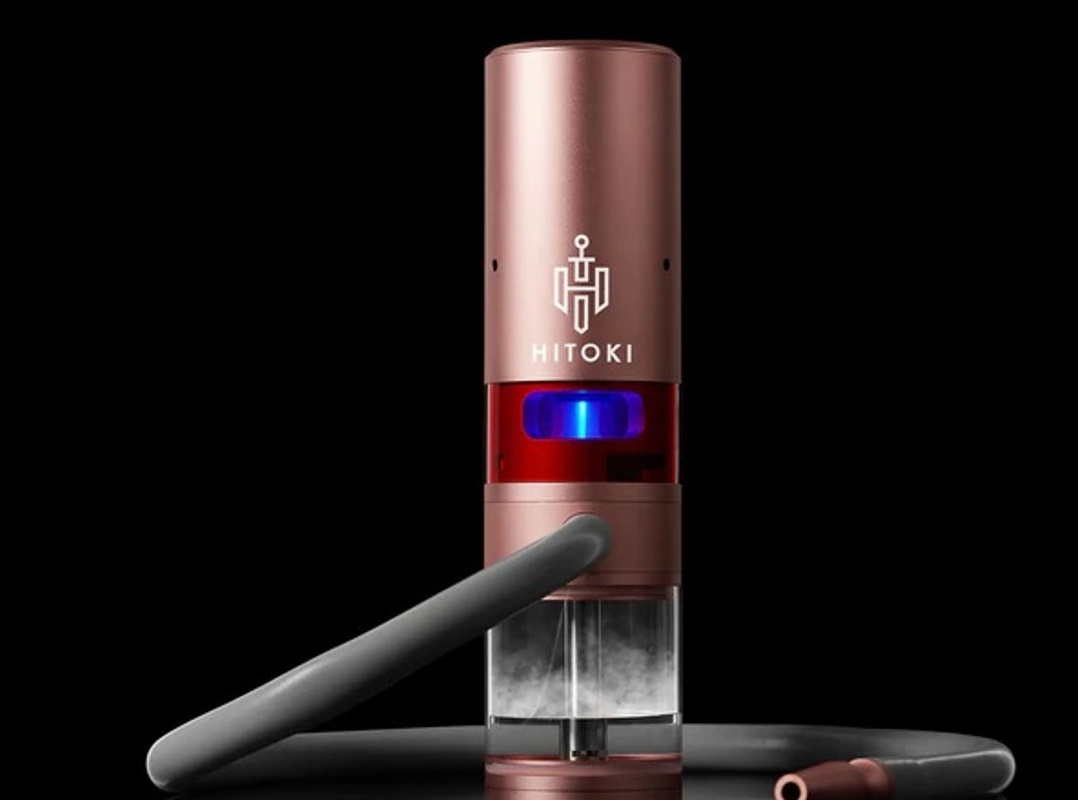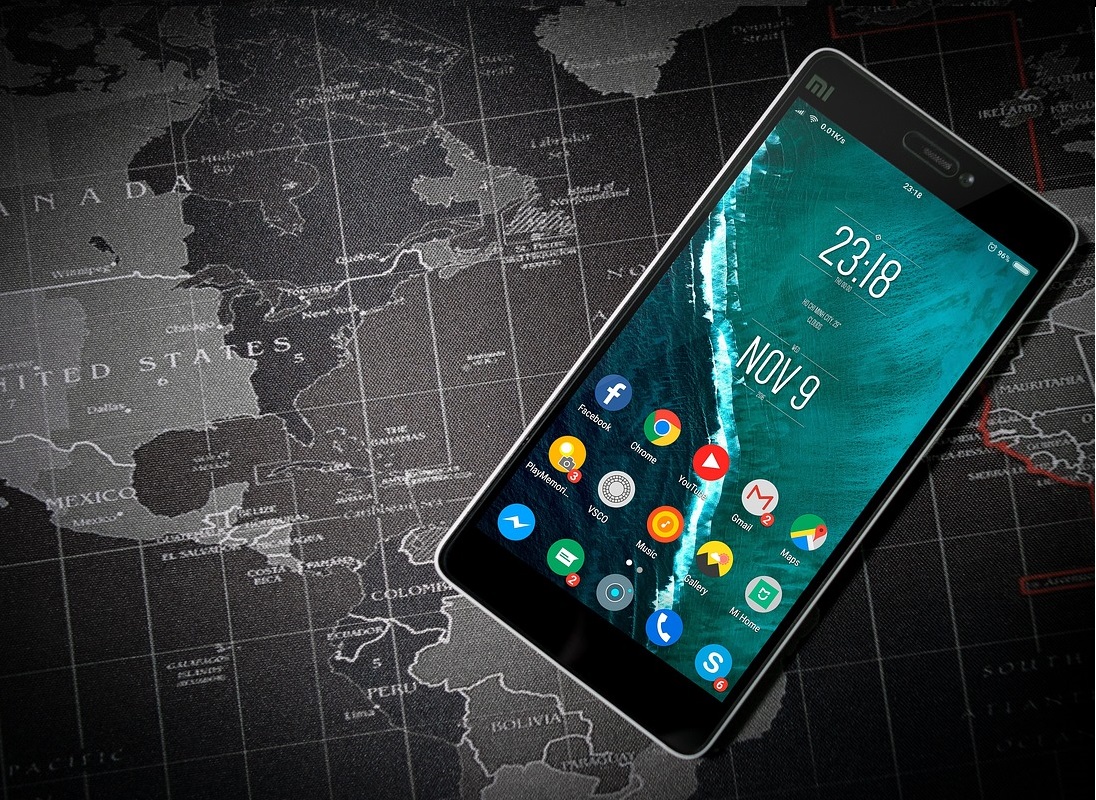Allow me to take you on a journey through time as we celebrate the 50th anniversary of Microsoft. There are still a lot of individuals who are unaware of certain fascinating facts about Windows, despite the fact that it has undergone major changes over decades. It’s possible that these historical facts about it will take you by surprise.

The product was initially launched in 1983 under the name “Windows,” but it was rebranded as “Windows” prior to its introduction in year 1985. Because the title “Windows” better correctly represented the main functionality of the operating system, Microsoft made the decision to switch away from the original moniker “Interface Manager” for the operating system. Due to the fact that the user interface was centered around the concept of graphical “windows,” the name “Windows” was chosen because it was both more descriptive and user-friendly.
- Microsoft started doing until the release of Windows 95. Windows 98 continued to employ a straightforward product key system
- Was it brought to your attention that the product keys 111–1111111 and 000–0000007 for Windows 95 are genuine?
- Finally became obsolete and was discontinued. Beginning with Windows 95, the Briefcase was a feature that was included in Windows Vista, Windows XP, and Windows 7.
- Microsoft Windows 98 was developed with a single user in mind from the beginning.
- The MS-DOS operating system and Windows 3.x, as well as prior versions, came without user profiles.
- The 'Ctrl + Alt + Del' shortcut was initially developed by IBM engineer David Bradley in the early 1980s.
- This feature opens the Task Manager in Windows NT and Windows XP (2000s) or the login screen in domains.
Microsoft started doing until the release of Windows 95. Windows 98 continued to employ a straightforward product key system
The software’s primary function, which is to organize and display information through several on-screen windows, was more effectively communicated by the name of the software. This was a distinguishing characteristic of the system. The use of product keys for the activation of software was not something that Microsoft started doing until the release of Windows 95. Windows 98 continued to employ a straightforward product key system, which meant that the security was quite simple even back then. During the installation process, users were required to enter the product key, even though this requirement was not strictly enforced. There is a possibility that you will frequently use the same key on a number of different machines.
We started to notice significant changes in the “Product Activation” section of Windows XP and later versions of the operating system.
Furthermore, in addition to entering the product key, users of this system were required to enable the operating system associated with Microsoft. Within the context of the activation process, a unique hardware ID was generated, which was then linked to the product key.
Was it brought to your attention that the product keys 111–1111111 and 000–0000007 for Windows 95 are genuine?
I was able to acquire this information by watching this stack-breaking video on YouTube. Prior to the release of Windows 95, the operating system did not function as a standalone system. Previously, Windows 1.0, 2.0, and 3.x were nothing more than graphical user interfaces that were built on top of Microsoft’s DOS operating system. Whenever a computer was turned on for the first time, Microsoft’s DOS would load first. To add insult to injury, the graphical user interface has to be manually activated by typing “win” into the command line terminal. In its early iterations, Windows merely provided a visual layer for computer interaction. It relied on Microsoft’s DOS operating system for the majority of its functions, including file access, memory management, and hardware connectivity.
In spite of the fact that Windows 95 continued to have a certain degree of underlying dependence on MS-DOS, it was the first edition of Windows to become an operating system that could function independently. The MS-DOS platform was later superseded, despite the fact that it incorporated the MS-DOS 7.0 operating system.
The complete separation from Microsoft’s DOS operating system took place, however, with the release of the Windows NT operating system line, which includes Windows NT 3.1, Windows 2000, Windows XP, and subsequent versions. With the help of a totally new kernel, these systems were developed from the ground up to function independently of Microsoft’s DOS operating system. There was a cool little tool called Briefcase that was available back in the day. It made it simple to keep files in sync between two computers, such as your desktop and your laptop.
Prior to the advent of cloud storage, this was a very helpful feature. Documents containing copies of your data were stored in a specific folder known as the Briefcase. In order to synchronize the files, you would use this one-of-a-kind folder to update the files after connecting the two computers (either through a network or a portable storage device). This would serve the purpose of updating the files. When the Briefcase had finished comparing the files on the two computers, it would then transfer any alterations that were made from one machine to the other machines.
Finally became obsolete and was discontinued. Beginning with Windows 95, the Briefcase was a feature that was included in Windows Vista, Windows XP, and Windows 7.
However, due to the fact that the Briefcase was developed at a period of time when offline work and detachable media were more prominent, as well as when cloud storage solutions such as OneDrive and Google Drive were also becoming more popular, it finally became obsolete and was discontinued. Beginning with Windows 95, the Briefcase was a feature that was included in Windows Vista, Windows XP, and Windows 7. However, it was removed from the operating system in Windows 8. Despite the fact that the function was available in the initial release of Windows 10, it was disabled by default. Following the release of version 1703, it was eventually deleted from the system.
The operating system did not provide complete support for true user profiles prior to the release of Windows XP. During the time of Windows 95, profiles were not required and had a limited scope; this meant that they mostly saved things like desktop settings and a user-defined wallpaper. In addition to this, they did not offer robust security or the storing of data for individually identifiable users.
Microsoft Windows 98 was developed with a single user in mind from the beginning.
It’s a fun fact that the ‘My Documents’ folder was really located in the root of the C drive in both Windows 95 and Windows 98. Although early systems featured a login screen, they did not provide genuine user separation or the kind of security that would be implemented in Windows NT and later versions of the operating system. Microsoft laid the groundwork for modern multi-user administration by establishing full user accounts with separate settings and rights with the release of Windows NT. These user accounts are now present in the operating system that is now in use. Windows 98 was designed from the beginning to be a program that could only be used by a single person. What an intriguing fact. The folder titled “My Documents” was situated in the root of the “C” directory in Windows 95 and Windows 98. It did not provide the same amount of security and user isolation as operating systems such as Windows NT or future versions, despite the fact that it provided a prompt for logging in. Microsoft laid the groundwork for modern multi-user administration by establishing full user accounts with separate settings and rights with the release of Windows NT. These user accounts are now present in the operating system that is now in use.
The MS-DOS operating system and Windows 3.x, as well as prior versions, came without user profiles.
There are still portions of the graphical applications that were initially accessible in Windows 1.0 that are still there in Windows 11. In spite of the fact that they have been con temporaryized, they continue to fulfill the same core functions.
Calculator – This is the default calculator, but over the years, it has evolved into a more advanced calculator with a variety of settings that allow it to conduct a comprehensive range of calculations, including scientific, graphic, and programming calculations. Paint, which was once known as “Paintbrush,” was initially a monochrome picture editor but has since evolved into a full-color image editor with new capabilities powered by artificial intelligence.
Notepad – is a text editor that has remained a classic while also being powered by artificial intelligence. It is a simple yet necessary text editor.
Clock – What started off as a simple representation of the time has developed into an alarm, a world clock, and a tool for focusing. Having said that, Windows 11 also comes with the Clock application.
Control Panel — Although many settings have been moved to the more recent Settings app, the Control Panel is still available for more advanced adjustments.
Dave Plummer, a Microsoft engineer who is now retired, was the one who initially penned the “Format” box that is still accessible on File Explorer. Plummer has disclosed that the code that underpins this interface has stayed mostly untouched for almost three decades.
During the time that the development team was busy transferring countless lines of code from Windows 95 to Windows NT, Dave claims that the interface of the program was intended to be a temporary solution until the problem was resolved. On the other hand, it seems that this was one of the things that no one wanted to revise later on, and after thirty years, the code for the interface has not been altered in any way. On the other hand, Microsoft is working on improving the FAT32 support in order to lift the 32GB limit and boost the compatibility up to 2TB. This is happening despite the fact that the interface has not changed much. The formatting procedure for larger storage devices is finally brought up to speed with this upgrade, which was obviously long overdue when it was released.
FAT32 volumes ended up being restricted to 32 gigabytes.
In addition, if you have ever pondered the reason behind the limitation of FAT volumes to 32 gigabytes, you most likely have Dave to thank for that. Because of the decision that he had to make regarding the ‘cluster slack’ limit, FAT32 volumes ended up being restricted to 32 gigabytes. He had to make a decision.
Prior to the release of Windows 3.1, font rendering was both inconsistent and cumbersome. The introduction of TrueType typefaces in 1992 brought about a sea change in the industry. Because of this functionality, Windows was able to enable high-quality text rendering, which led to a revolution in desktop publishing and the production of documents.
Even in the present day, Windows and other operating systems continue to make heavy use of True Type technologies.
In reality, Apple was a significant contributor to the development of TrueType fonts as a standard. They provided Microsoft with a free license, which was important in the format’s rapid growth.
The ‘Ctrl + Alt + Del’ shortcut was initially developed by IBM engineer David Bradley in the early 1980s.
An interesting fact about the history of technology is that it was invented by Bradley. Rebooting personal computers in a quiet manner while they were still being constructed and tested was intended to be a quick and easy method for developers. Bradley never anticipated that it would become so well-known!
After some time had passed, Microsoft decided to implement the shortcut in Windows NT as a means of initiating a process known as a “secure attention sequence,” which is essentially a reliable method of bringing up the login screen. Bill Gates even made a joke about how he wished there was just one button, but by that time, the three-key combination had already established itself as the standard. These are the ways in which the shortcut has evolved over the years: The soft reboot command was available in Windows 3.x and 9x (1990s), and it allowed you to restart your machine promptly.
This feature opens the Task Manager in Windows NT and Windows XP (2000s) or the login screen in domains.
Window Vista, Windows 7, Windows 8, and Windows 10: This feature opens the security screen, which includes options to Lock, Log off, Change a password, and Start Task Manager. The security screen, which includes options to Lock, Switch user, Sign out, and Manage Tasks, is displayed when Windows 11 is launched.
Over the course of several decades, the shortcut has been a part of the history of the operating system, serving as both a tool for developers and an essential component of the system. Despite the fact that the software giant has introduced new methods to access Task Manager and security settings, this shortcut continues to be a historical component that defines the Windows user experience. Versions 1.01 and 1.02 of Windows required a minimum of 256 kilobytes of random access memory (RAM) when they were initially released on November 20, 1985. In spite of this, the need was increased to 320 KB in versions 1.03 and 1.04.
The minimum amount of RAM that Windows 11 requires is currently 4 gigabytes, which is equivalent to 4,194,304 kilobytes. To put this into perspective, 1 gigabyte is equivalent to 1,048,576 kilobytes. A capacity of 16 gigabytes, which is equivalent to 16,777,216 kilobytes, is commonly recommended. In addition, a hard drive was recommended, but it was not required, and the very minimum amount of storage space that was required was 720 KB.
Final Thoughts
The Windows operating system launched by Microsoft in 1985, which is also the year that the business is celebrating its 50th anniversary, has seen major changes since then. During that time period, this operating system, which was once known as “Interface Manager” before being renamed “Windows,” brought about a major change in user interfaces by presenting the novel concept of graphical “windows” on the screen. A crucial turning point was reached with the introduction of product keys and activation in Windows 95.
This opened the door for more stringent licensing guidelines to be implemented in following revisions of the software. Before the release of Windows 95, Windows was effectively nothing more than a graphical layer that was running on top of Microsoft’s DOS operating system. This includes Windows versions 1.0, 2.0, and 3.x.
Windows 95, which was the first version of Windows to truly stand on its own, brought about all of these changes by itself. While this was going on, Windows NT went even further, completely separating itself from the previously established MS-DOS foundation. Despite the fact that cloud storage solutions such as OneDrive have replaced file synchronization tools such as the Briefcase, Windows 11 still maintains a number of features that were present in earlier versions of the operating system. These include the Calculator, Paint, and Notepad. Throughout the years, the Windows operating system has been updated to include essential features such as user profiles, and Windows NT has been responsible for the full implementation of these functions.
Despite the fact that the well-known shortcut “Ctrl + Alt + Del,” which was created by an IBM engineer named David Bradley, has evolved from a tool for developers to a core system function, advancements such as TrueType fonts, which were introduced in 1992, have completely revolutionized the way text is rendered. The amount of memory and disk space that Windows requires has also significantly expanded in recent years. There is a significant difference between Windows 1.0 in 1985, which required only 256KB of RAM and 720KB of storage, and Windows 11, which now requires a minimum of 4GB of RAM and 64GB of storage.
Beginning with its humble beginnings and continuing into its current version, Windows has been the driving force behind the computing experience. This is a reflection of Microsoft’s continual push for innovation. The extended history of Windows highlights how it has evolved into an essential component of both consumer and professional computing. From its early user interfaces to its robust security and features that allow it to perform multiple tasks at once, Windows has come a long way.
History of Microsoft Windows, unknown facts about Windows, Microsoft 50th anniversary, Windows operating system evolution, Windows 1.0 to Windows 11 timeline, Interface Manager original name, Windows product activation history, early versions of Microsoft Windows, what is Windows Briefcase, when was Windows 95 released, Windows 95 product key, changes in Windows XP activation, history of Ctrl Alt Del, Windows FAT32 32GB limit, Windows NT vs MS-DOS, first Windows to support user profiles, Microsoft DOS and Windows integration, Windows 98 user experience, old Windows features still in Windows 11, Windows TrueType fonts origin, Microsoft Notepad AI update, Paintbrush to Paint history, Windows memory requirements comparison, Windows file synchronization before cloud, Windows 3.x GUI interface, how Windows evolved over 50 years, Microsoft engineer Dave Plummer, Windows Calculator history, why was Windows called Interface Manager, differences between Windows 95 and NT












Leave a Reply